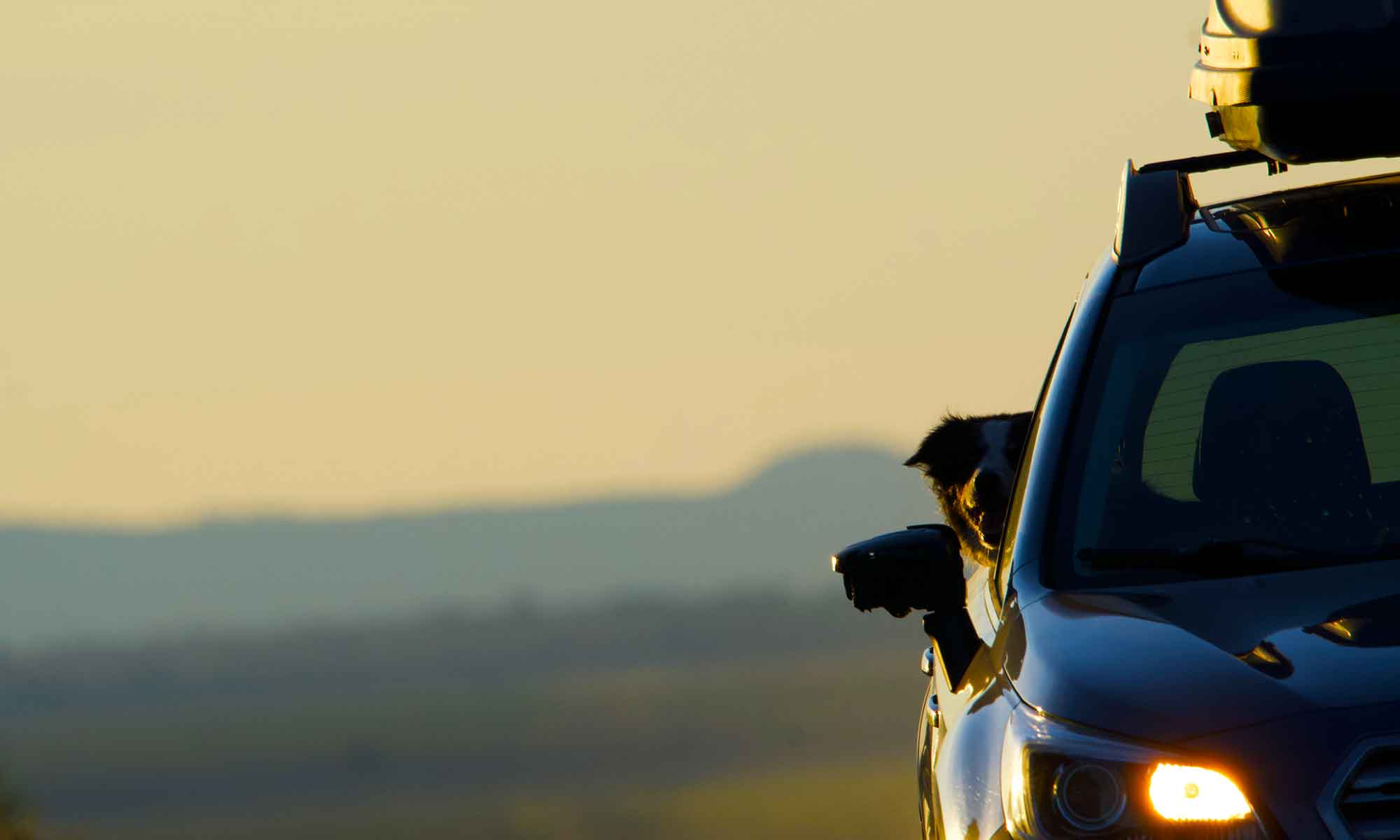
It’s the journey more than the destination.
We offered a mantra last week which reminded me of another adage we follow. Don’t get caught up in where you’re going and miss great stuff along the way.
This week we headed back to a common destination, the Crooked River and as it turned out that wasn’t the best part of the day.
It has been bitterly cold this week. Clear skies will do that. However, those same blue skies make it hard to not get outside.
 A week ago the wind and cold pushed us off the river.
A week ago the wind and cold pushed us off the river.
This day it was just the cold . . . and no fish were interested in what we were offering.
To sate a foiled wade, as well as emerging appetites, we headed to the Tastee Treet to feast on a cheeseburger and fries. This made things much better.
However, it was the journey home from Prineville that really highlighted the day.

We passed through a bank of freezing fog which had rendered the landscape an ice frosted wonderland.

The fog had delayed numerous flights out of the Redmond Airport. We simply passed through the cloud unscathed, mesmerized by the altered scenery.

The fishing trip turned out very different than what was planned, but that is the way many of our travels seem to go.. Looking for a different route has served us well.
























 As long as we’re over there, we decided to swing up to Dufur, check out the Dufur Market and then spend the afternoon on the Lower Deschutes.
As long as we’re over there, we decided to swing up to Dufur, check out the Dufur Market and then spend the afternoon on the Lower Deschutes.


















